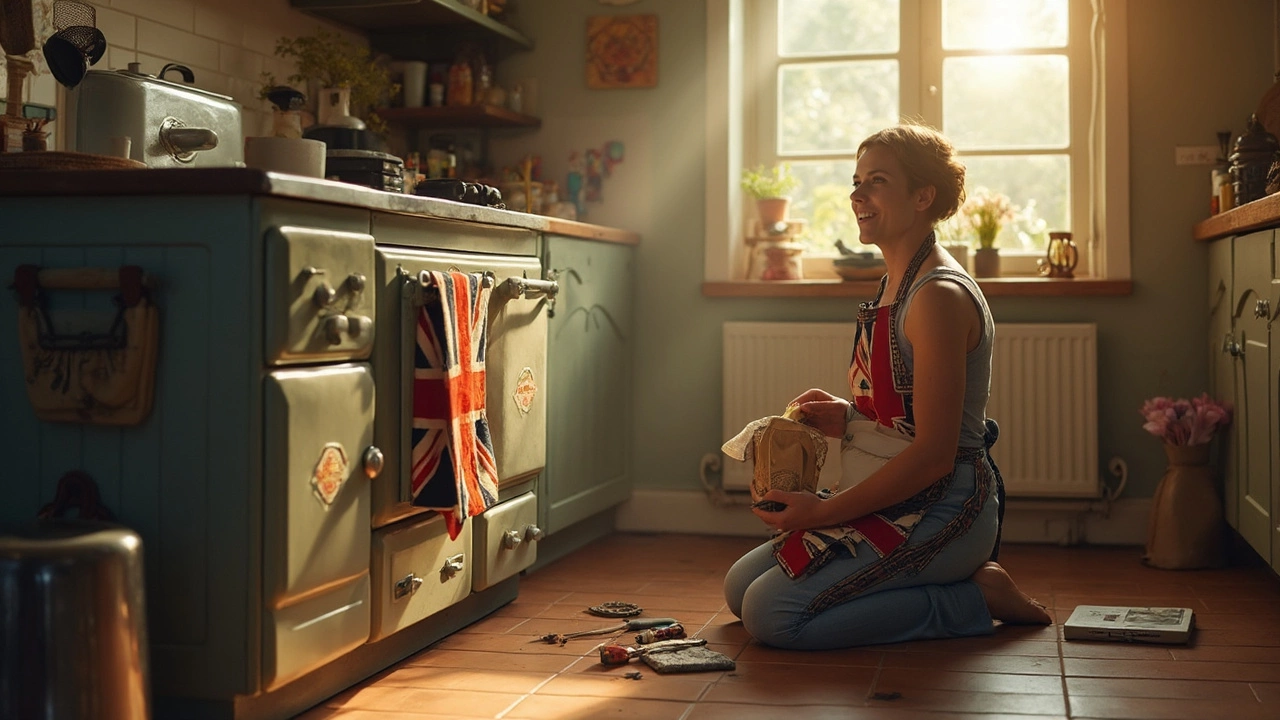DIY Cooker Fix: Easy Repairs for Your Hob and Oven
Got a cooker that’s acting up? Before you call a technician, check out these straightforward fixes you can do at home. Most hob and oven glitches are caused by a few simple things – a loose connection, a faulty thermostat, or a burnt element. With the right tools and a bit of caution, you can save time and money.
Common Cooker Problems and Quick Checks
1. Hob won’t heat. First, make sure the power supply is live. Plug another appliance into the same socket; if it works, the outlet is fine. Next, look at the hob’s safety switch – many modern hobs have a reset button or a built‑in overload protection. Press it and see if the element clicks back on.
If the switch is good, the element itself might be the culprit. Turn the hob off, let it cool, then remove the element (usually a simple twist or clip). Look for visible cracks or burnt spots. A quick continuity test with a multimeter will tell you if the element is broken – no beep means replace it.
2. Oven won’t heat. Start with the obvious: is the oven set to the right mode? Convection ovens have a fan that can be turned off by mistake. Check the temperature sensor – a loose wire can cause the oven to think it’s already at the set temperature. If you feel comfortable, open the back panel (after unplugging) and give the sensor a gentle nudge back into its mount.
Another frequent offender is the heating element. Like the hob, it’s easy to spot if it’s darkened or cracked. Use a multimeter to confirm. If it fails the test, order a replacement that matches your model and swap it out.
3. Uneven heating or hot spots. This usually means the element is wearing unevenly or the oven’s insulation is compromised. Clean any food debris from the bottom of the oven – burnt food can act like an insulator and cause hotspots. If cleaning doesn’t help, the element may need replacement.
When to DIY and When to Call an Expert
DIY is great for the above tasks, but there are clear red lines. If you ever see a burned smell, hear a pop, or notice visible sparks, stop immediately. Gas‑powered hobs and ovens add a whole new layer of risk – any gas leak can be dangerous, so leave those to a certified engineer.
Also, if the problem involves the control board, digital displays, or complex wiring, it’s best to get a professional involved. Those components are expensive and require specialist tools to diagnose properly.
Before you start any repair, always unplug the cooker or shut off the circuit at the breaker. Double‑check that the appliance is completely dead – a quick test with a voltage detector can save you from a nasty shock.
Keep a small toolbox handy: a screwdriver set, pliers, a multimeter, and a spare element for your specific hob or oven model. Most manufacturers list part numbers on a sticker inside the door or on the back panel, making it easy to order the right piece.
In summary, many cooker hiccups are fixable with a bit of patience and the right approach. Start with the simple checks, replace obvious faulty parts, and know your limits. When in doubt, calling a local South Shields appliance repair pro can prevent bigger headaches and keep your kitchen running smoothly.
